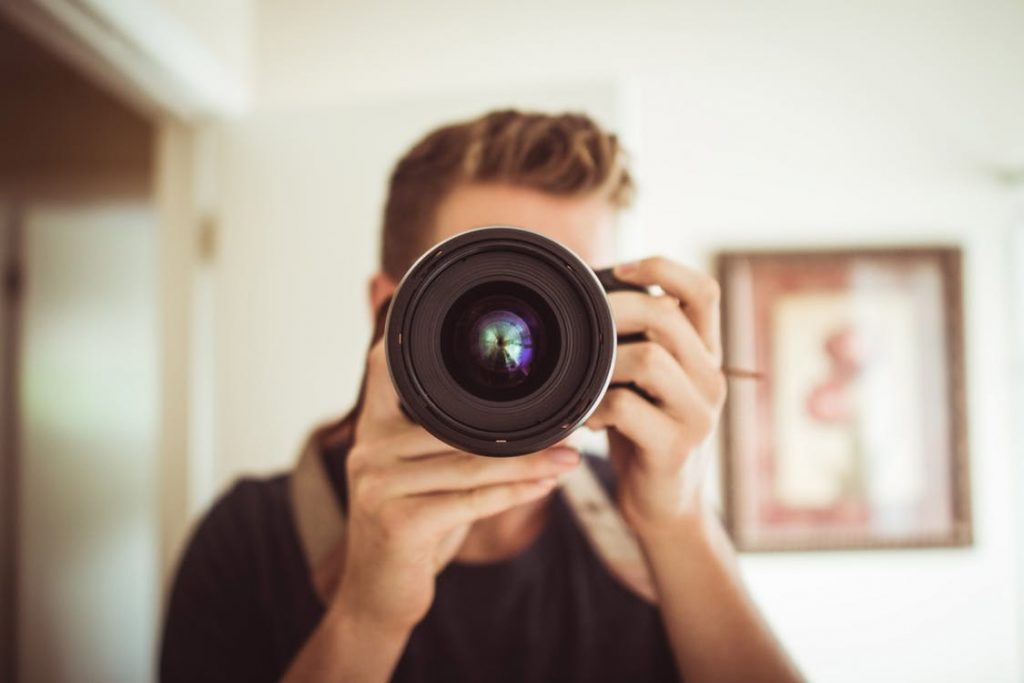
As a portrait photographer, interpreting light and taking control of it will be the key to your success. The effects and direction of light, when maneuvered creatively, will elevate the quality of your photos. Therefore, learning how to control your lighting early will save your time and effort in the future. We asked hair photographer from New York Araman for his tips on portrait photography lighting:
Take off the camera flash
The on-camera flash is useful for certain settings but not for portrait photography. Using the on-camera flash results in unprofessional flattened and pale photos. Use the 45/45 method instead. Position your flash 45 degrees to the side of the person, while angled 45 degrees down.
Learn the “Hand Test” technique
Whether you are indoors or outdoors, place your hand in front of the light source to check the direction of the light as well as the shadows. Turn around until you find the balance you like, then position your model there. This is useful for avoiding unflattering shadows.
Understand light patterns
The way light plays across people’s faces creating shapes with shadows is called light pattern. In portrait photography, there are 4 essential light patterns:
- Split lighting: it is as simple as it sounds. Light one side of the face while leaving the other in the shadow. This pattern creates dramatic images appropriate for artists and musicians.
- Loop lighting: it is created by positioning the light source to the side of the person and pointing it downwards. This pattern defines bone structure subtly.
- Butterfly lighting: when the camera is positioned directly in front and above the person’s face. It is usually used for glamour style photoshoots because it creates shadows under the chin and cheeks.
- Rembrandt Lighting: is named after the painter Rembrandt, who used this light pattern in his paintings. It is when half of the subject’s face is in the shadow except a triangle of light on the cheekbone, eye and nose on one side of the face. It is a bit dramatic and it might not work on all face shapes.
Keep the light from the top down
Unless you are looking for the scary-campfire look, keep your light pointing from the top down. This way the light will highlight the right places giving the person you are photographing a flattering look.
Experiment
All these tips will not be really helpful unless you experiment on your own. Spend some time in the studio and outdoors trying different techniques and understanding lighting better. Use different equipment and photography gadgets to see what works best for you.
